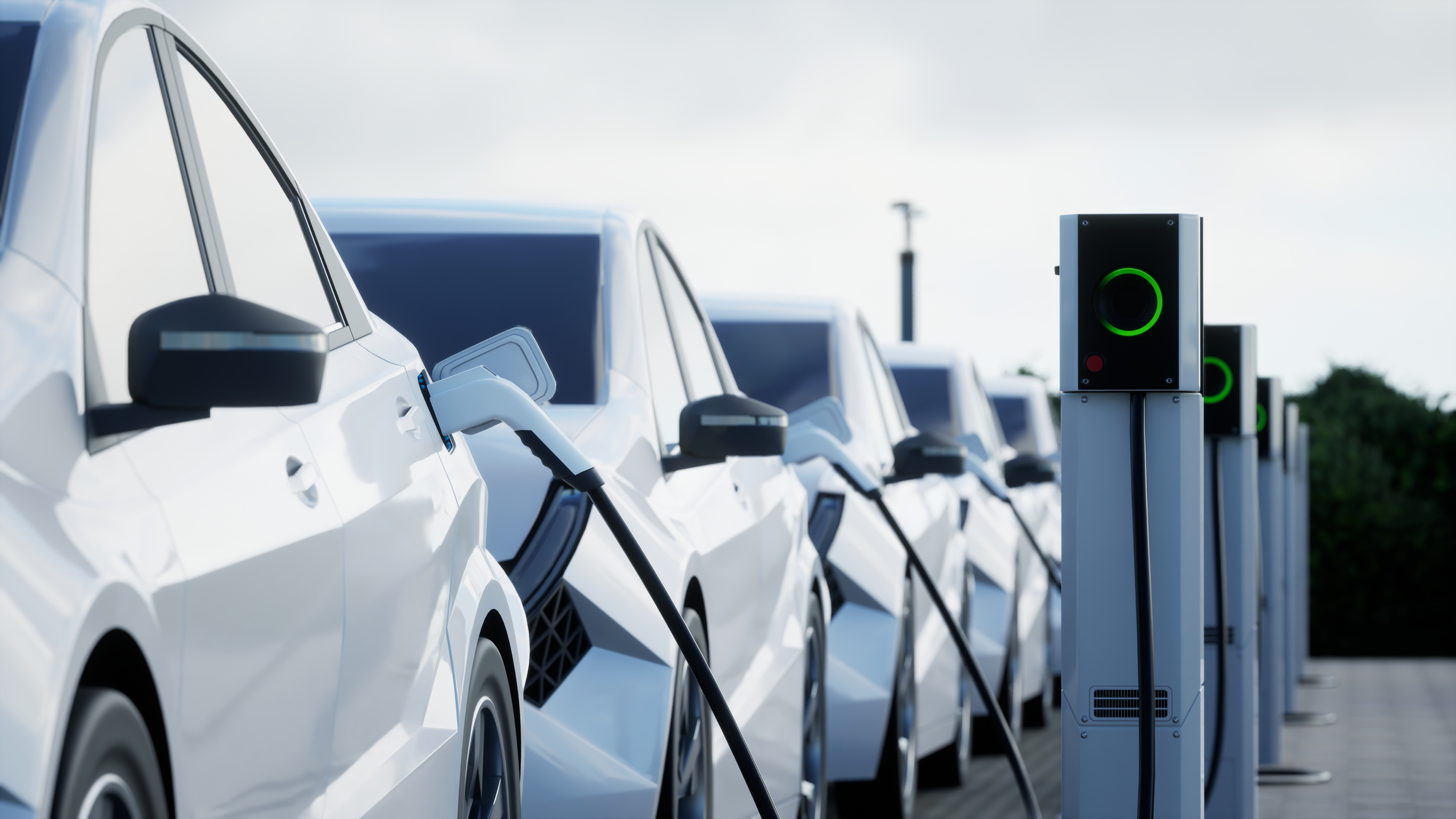How Will You Charge Your EV Fleet?
Transportation is going electric, and organizations should start to familiarize themselves with the knowledge and tools needed to successfully navigate EV charging and infrastructure for their futu…
Fleet Electrification
Work with Merchants Fleet to power your organization toward electric vehicle (EV) fleet adoption.

The road to EV adoption begins by educating both yourself and your organization about EV basics, EV markets, and the charging infrastructure required to support Zero Emission Vehicles (ZEVs) like EVs.
Merchants has an extensive library of guides to get you informed on EVs
Check out our recent posts and latest news to stay on top of the world of EVs
Check out our collection of informative and engaging EV webinars
Transportation is going electric, and organizations should start to familiarize themselves with the knowledge and tools needed to successfully navigate EV charging and infrastructure for their futu…
There are 5 steps to EV Adoption: Learn, Align, Plan, Pilot, and Adopt. This panel discussion will dive into the Align and Plan phases of adoption. What is important to know, what trends are emergi…
We combine the best in EV infrastructure and technology to offer a variety of services and solutions to help you manage your EVs from acquisition to disposition. Depending on your electric vehicle model and manufacturer, you may be eligible for a tax credit in the year of purchase.
Get unparalleled service and strategical support with the industry’s EV experts.

The EV Adoption Solution that helps you get from concept to execution.

Merchants Fleet’s expertise, ClearCharge™ solutions, and vast network of charging partners lets you ensure a fully-charged, TCO-maximized fleet.

We combine the best in EV infrastructure and technology to offer a variety of services and solutions to help you manage your EVs from acquisition to disposition.
What types of EVs will work for your organization? BEVs? FCEVs? HEVs? or PHEVs? See makes and models, both available now and coming soon. Research vehicle specs, battery capacity, range and more.
Transportation is going electric, and organizations should start to familiarize themselves with the knowledge and tools needed to successfully navigate EV charging and infrastructure for their futu…
There are 5 steps to EV Adoption: Learn, Align, Plan, Pilot, and Adopt. This panel discussion will dive into the Align and Plan phases of adoption. What is important to know, what trends are emergi…
Merchant’s is an EV fleet specialist with EV market and purchasing know-how.

Merchants team of EV purchasing experts can guide you through the leasing/buyout process and ensure the right EV solution for your fleet.

Work with us to get your new EVs branded and customized to your needs.

Merchants’ EV experts help your fleet plan, develop, and implement customized solutions to meet the charging needs of your business.
Take advantage of Merchants Fleet’s huge network of charging partners, and leverage our energy services such as acquisition and deployment, open and closed-end leasing, rent-to-lease, and much more.
Interested in electrifying your fleet? Contact Merchants Fleet and discover the road to sustainability and lower TCO.